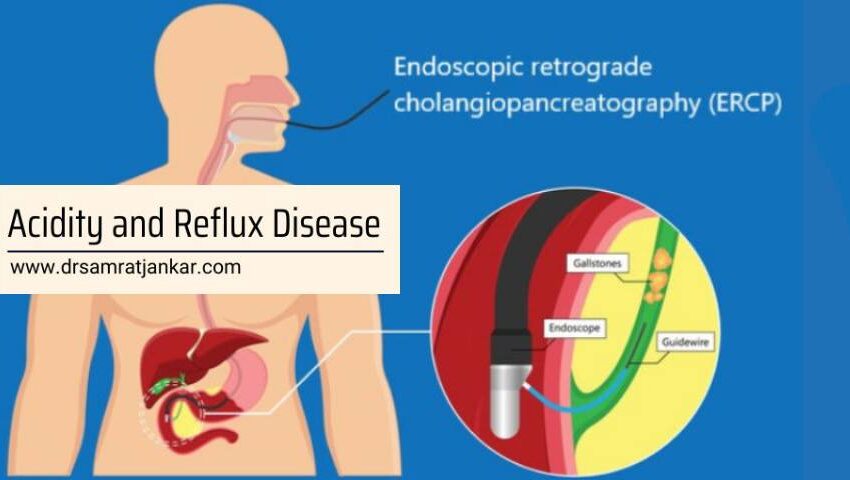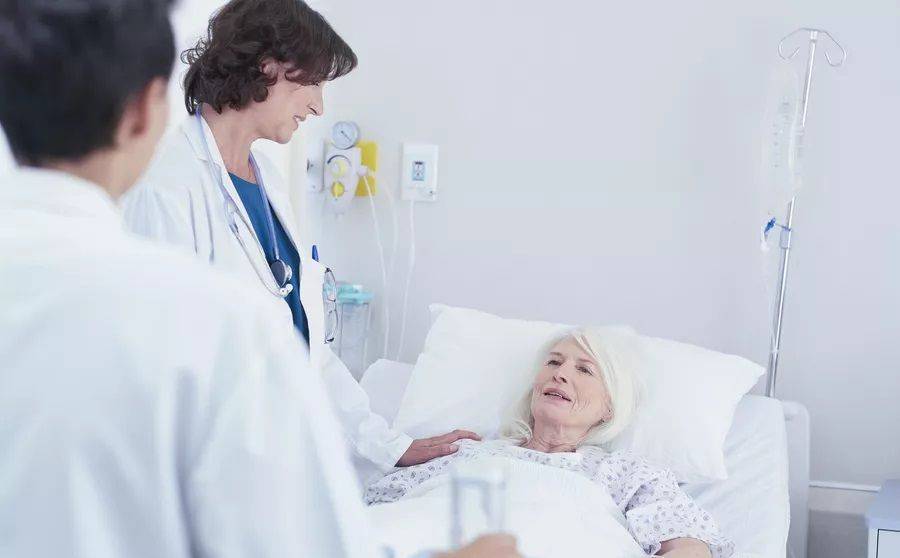
- 30/08/2021
- Dr. Samrat Jankar
- 0 Comments
- Blog
Everything you need to know about the ERCP procedure.
Here’s everything you need to know about the ERCP procedure.
What exactly is ECRP?
An endoscopic retrograde cholangiopancreatography (ERCP) is a procedure. It allows gastroenterologists to examine the pancreas and bile ducts. ERCP is a procedure that involves inserting a flexible, lightweight tube (endoscope) through your mouth and into your stomach and the first part of your small intestine (duodenum). The specialist inserts a tube through two small openings in the small intestine called the ampulla and cannula. After that, the specialist injects a dye (contrast material) into the area and takes X-rays to examine the liver ducts and pancreas.

What is the purpose of an ERCP?
ERCP is a handy tool for examining and treating pancreas and bile duct conditions. the specialist can also use it to diagnose symptoms of diseases and abnormalities in these organs. It can include abdominal pain, jaundice (yellowing of the skin), weight loss, or an ultrasound or CT scan revealing stones or a mass.
ERCP is also helpful in diagnosing and removing bile duct stones and diagnosing and treating cancerous and noncancerous tumors after gallbladder surgery.
Your doctor can use ECRP to determine whether or not you require surgery for suspected or known pancreatic disease. Your doctor can also use it to remove pancreatic stones.
What precautions should you take before having an ERCP?
Eight hours before the examination, you should not eat anything.
You should discuss your current medication with your doctor.
Also, if you have any allergies, talk about them.
Also, inform them about any diseases they may have, such as heart or lung disease, as they may necessitate special attention during the procedure.
What can you expect from an ERCP?
Before the procedure, a local anesthetic is given to numb your throat and prevent gagging. The doctor places the patient on an X-ray table. Then the specialist passes an endoscope through the mouth, down the esophagus, and into the stomach and duodenum. The doctor may also prescribe some medications to help you relax during the process.
The procedure usually takes an hour, but this can vary depending on the planned intervention. It’s worth noting that the endoscope does not affect breathing. The air used to inflate the duodenum may cause temporary bloating during and after the procedure.
What happens after an ERCP procedure?
The results of the biopsy may take a few days. For 1-2 hours, the physician keeps the person under observation. After the procedure gets over, the physician will inform you of the test results the same day.
You will be monitored for 1-2 hours in the endoscopy area until the sedative effects have worn off. For 1-2 days, the person’s throat may be sore. Unless otherwise instructed, they can resume eating and taking regular medications once you leave the endoscopy area.
What are the risks of an ERCP procedure?
You might want to inquire about the amount of radiation used during the test with your healthcare provider. Please ask about the risks as they pertain to you.
Consider keeping track of all X-rays you receive, including previous scans and X-rays, for other reasons. Show your provider this list. The number of X-rays you have over time may lead to the risks of radiation exposure.
Inform your healthcare provider if you are pregnant or suspect you might be. Radiation can cause congenital disabilities if a person receives it during pregnancy.
Tell your doctor if you’re allergic or sensitive to medicines, contrast dyes, iodine, or latex.
The following are some examples of potential complications:
the first one is inflammation of the gallbladder(cholecystitis) or pancreas (pancreatitis). One of the most common complications is pancreatitis, which you should discuss with your doctor ahead of time. Keep in mind, however, that ERCP is frequently used to help relieve the symptoms of pancreatitis.
- Infection
- Bleeding
- There is a tear in the lining of the small intestine’s upper section, the esophagus, or the stomach.
- Bile’s collection outside of the biliary system
If you have any of the following conditions, you may not be able to have ERCP:
You have had gastrointestinal surgery that has blocked the biliary tree’s ducts.
The test is challenging to perform because you have pouches in your esophagus (esophageal diverticula) or another abnormal anatomy. It is sometimes modified, To make the ERCP work in these situations.
Because barium may interfere with an ERCP, you have barium from a recent barium procedure in your intestines.
Other risks may exist, depending on your condition. Before the procedure, make sure to discuss any concerns you have with your healthcare provider.
